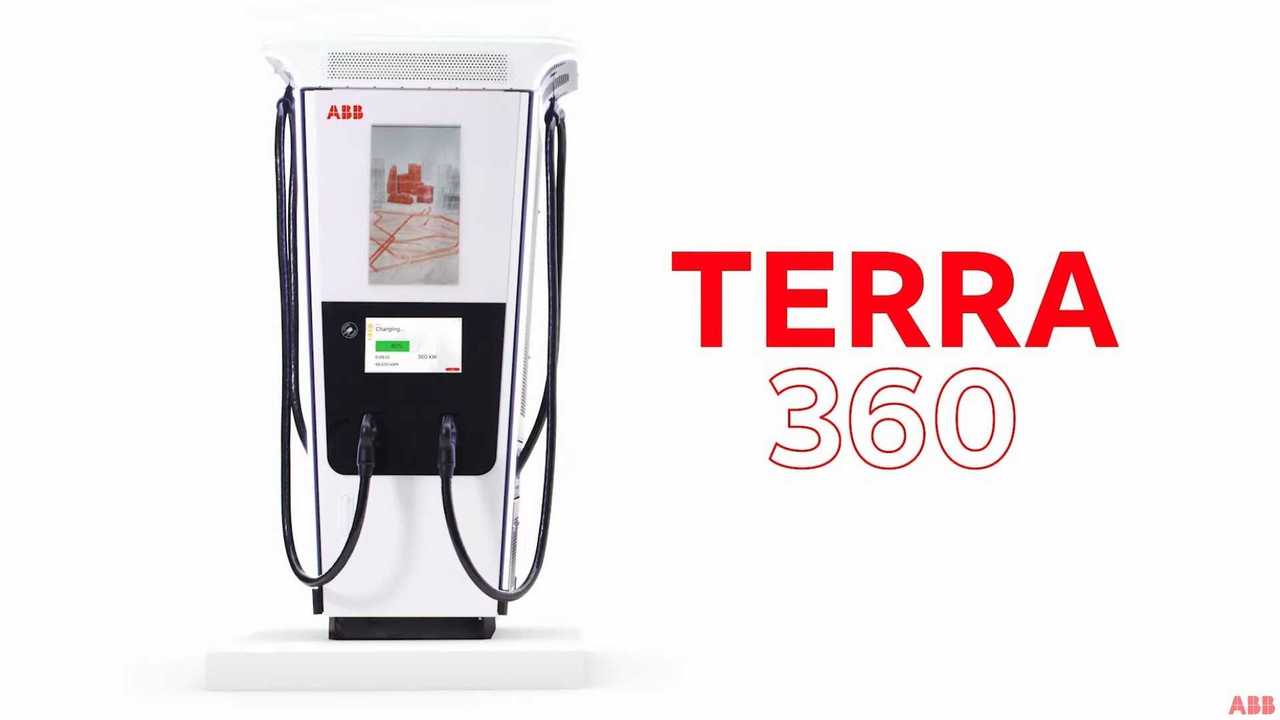
Germany soon will get a major boost to its DC fast charging infrastructure to support the electrification of the market.
Following the global framework agreement (GFA) announcement, ABB and Shell announced the first major project, which will result in the installation of more than 200 Terra 360 chargers nationwide in Germany in the next 12 months.
The ABB Terra 360 chargers are rated at up to 360 kW (they can also simultaneously charge up to two vehicles with dynamic power distribution). The first ones were recently deployed in Norway.

We guess that Shell intends to install the chargers at its fuel stations, under the Shell Recharge network, which is expected to consist of 500,000 charging points (AC and DC) globally by 2025 and 2.5 million by 2030. The goal is to power the network solely with 100 percent renewable electricity.
István Kapitány, Global Executive Vice President for Shell Mobility said that the deployment of ABB Terra 360 chargers "soon" will happen also in other markets. It's obvious that the scale of the projects might gradually increase to thousands across Europe.
“At Shell, we aim to be the leader in EV charging by offering our customers charging when and where it is convenient for them. For drivers on the go, particularly those on long journeys, charging speed is key and every minute waiting can make a big difference to their journey. For fleet owners, speed is important for top-up charging during the day that keeps EV fleets moving. This is why, through our partnership with ABB, we are pleased to offer our customers the fastest charging available first in Germany and soon in other markets.”
It seems that the industry accelerates its investments in the fast-charging infrastructure, as most recently BP and Volkswagen announced up to 4,000 additional 150 kW chargers (with integrated batteries) in the UK and Germany, within 24 months.
This is a very important shift to support mass electrification. Over the past 10 years, more than 800,000 all-electric cars were registered, including more than 300,000 within the last 12 months and close to 600,000 within 24 months. Soon, the infrastructure will have to handle a million new BEVs and in a couple of years, a million additional new BEVs per year.







